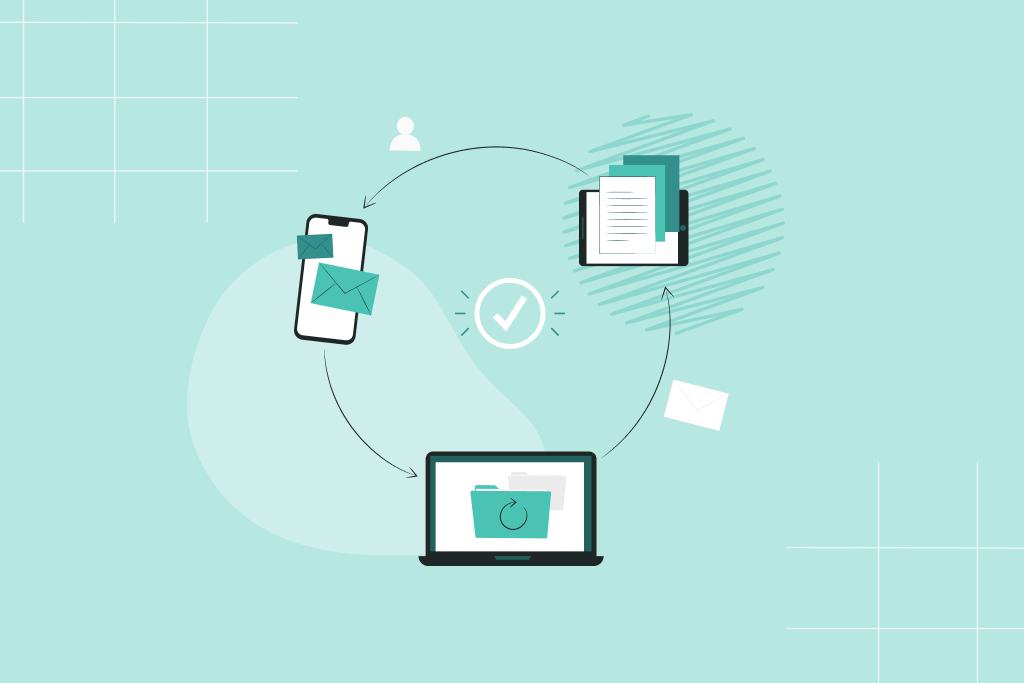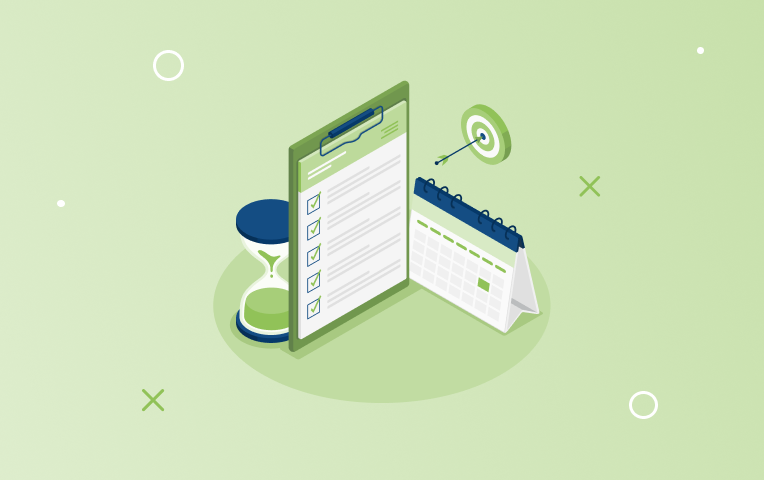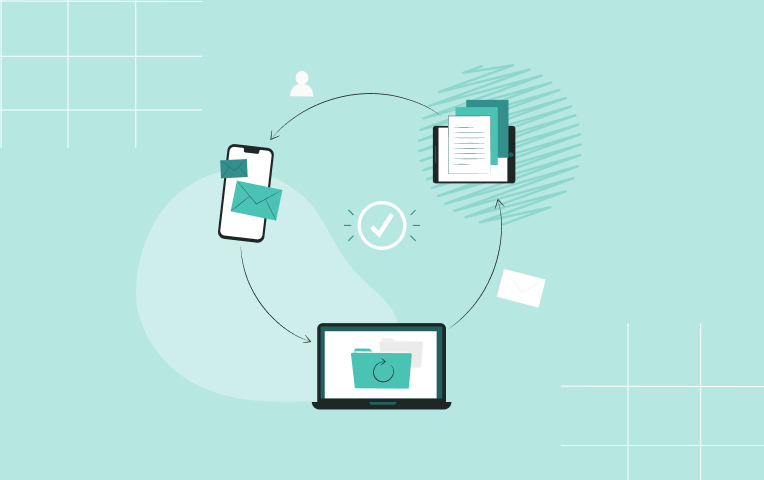We all want to set our employees up for success and enable their productivity. The question is, how can you successfully integrate new employees into your organization?
In this blog post I provide some immediate take-away advice offered in Essentials to Workplace Integration, a new project organized by the Talent Pool that offers salient advice on how to manage the entire lifecycle of employee integration from hiring to performance management.
Workplace integration refers to the process of bringing a new employee into your organization to contribute to the organizational excellence and financial success of the business –in particular those with diverse backgrounds.
The Talent Pool’s publicly-available reference describes integration in four stages:
- Recruitment and Selection
- Orientation and Onboarding
- Learning and Development
- Performance Management
Recruitment and Selection
Workplace integration begins even before someone becomes an employee. You are setting them up for success throughout the recruitment process.
“Awareness of recruiter biases should be highlighted and minimized.”Essentials to Workplace Integration (p. 8)
It is important that you select candidates who can grow into their position and align with the company. Be mindful of your own personal biases and select people for their long-term potential.
When you recruit a new staff member they are joining a team.
You need to prepare the team for a new member as much as you need to prepare the new member to adapt to their new role. Consider what activities everyone will need to undertake in order to accommodate and welcome their new co-worker.
The promises you make during the hiring process need to be clear. The long term satisfaction and morale of an employee may be connected to what you promised during the hiring process.
Orientation and Onboarding
Why wait for an employee’s first day at work to start their orientation?
Prepare an orientation package to be distributed before they officially start working. Keep in touch with the new recruit during that special transition period of 2- or 3-weeks before they arrive. The migration to a new organization, or even to a new department, can be overwhelming. Advanced knowledge and preparation can help make the change easier to experience.
Onboarding works best when it is well planned.
Ensure that you make time to spend with the new hire during orientation. Involve carefully chosen co-workers in the orientation process. Assigning a “buddy” or a mentor to the new hire is considered a best practice so that they have somewhere to turn for all the questions, mundane and complex, that will arise during their initial months.
During the new employee’s first few weeks, you should have an agenda with activities as well as objectives or desired outcomes. Even orientation tasks should come with some kind of goal or expectation.
Learning and Development
Onboarding should be a competence of the organization.
To ensure that this capability is developed and maintained, you should train managers on how to successfully onboard staff, as well as how to conduct effective and timely performance evaluations.
As a rule of thumb, employees learn about 70% from hands-on work, 20% by observation and mentoring, and 10% from the classroom. Get hands-on with your managers to distribute and develop “onboarding” as a skill. Managers will become ambassadors of the organization.
Provide opportunities for training, and perhaps include them as a part of employee incentives. Arrange for lunch-and-learns so that employees can peer-mentor each other. Create opportunities for employees to share discoveries, celebrate culture, and overall success.
Performance Management
Performance management should be more than an annual event.
If you wait for a full year to pass by before providing feedback, your new employee may be “out the door” instead of “integrated.”
Offer assertive feedback on a regular basis.
This should be tied to clearly communicated expectations of each employee. A best practice is to invite each staff member to help set their own goals and self-evaluate performance.
Keep On Learning
These are only a few of the many best practices and ideas for action – I could go on! This case study primer contains useful references for each of the four stages described above. In particular, there are carefully prepared suggestions for small, medium, large, and mass hiring environments.
This primer is only one of the many resources that the Talent Pool has to offer. Their resources can be found at talentpoolhub.com, as well as the CPHR AB website.
About Talent Pool
The Talent Pool is the Alberta Employers' Resource and Information Hub. Their core belief, and mission, is that all existing pools of talent should equally participate in the Alberta workforce. An inclusive workforce is a healthy and strong workforce! Engage with Talent Pool on Twitter, LinkedIn and YouTube.







